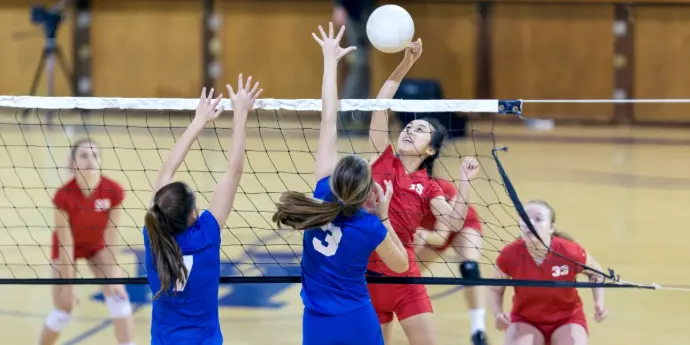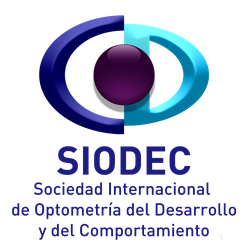Sports Vision
Vision is not just about seeing clearly, but also about processing visual information quickly and accurately. In the sports realm, good vision is key to making quick decisions, coordinating movements, and optimizing performance.
What is sports vision?
It is a field of optometry that evaluates and improves the specific visual skills necessary for good sports performance. It is not just about having good visual acuity (seeing 20/20), but about developing advanced visual skills needed in sports activities.
It focuses on improving an athlete's visual skills to take their game to the next level.

Benefits of visual training in sports
Sports vision training can:
- Improve the accuracy and speed of reactions.
- Reduce errors in the calculation of distances and trajectories.
- Increase the capacity for anticipation and strategy.
- Increase visual endurance, avoiding fatigue during gameplay.
Who can benefit from sports vision?
- Professional and amateur athletes.
- Children and adolescents who are starting in sports.
- People who seek to improve specific skills for a particular sport.
A sports vision optometrist can conduct a personalized assessment and design a training program tailored to the needs of your sport. This approach can make the difference between average performance and outstanding performance.
Vision not only connects you with the game, but it can also be the key to reaching your maximum athletic potential.
